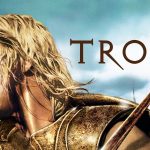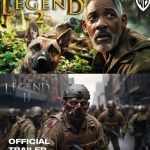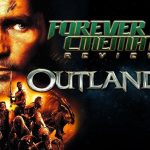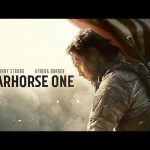🎬 The Hobbit: The Battle of the Five Armies – A Grand Finale to the Middle-earth Saga
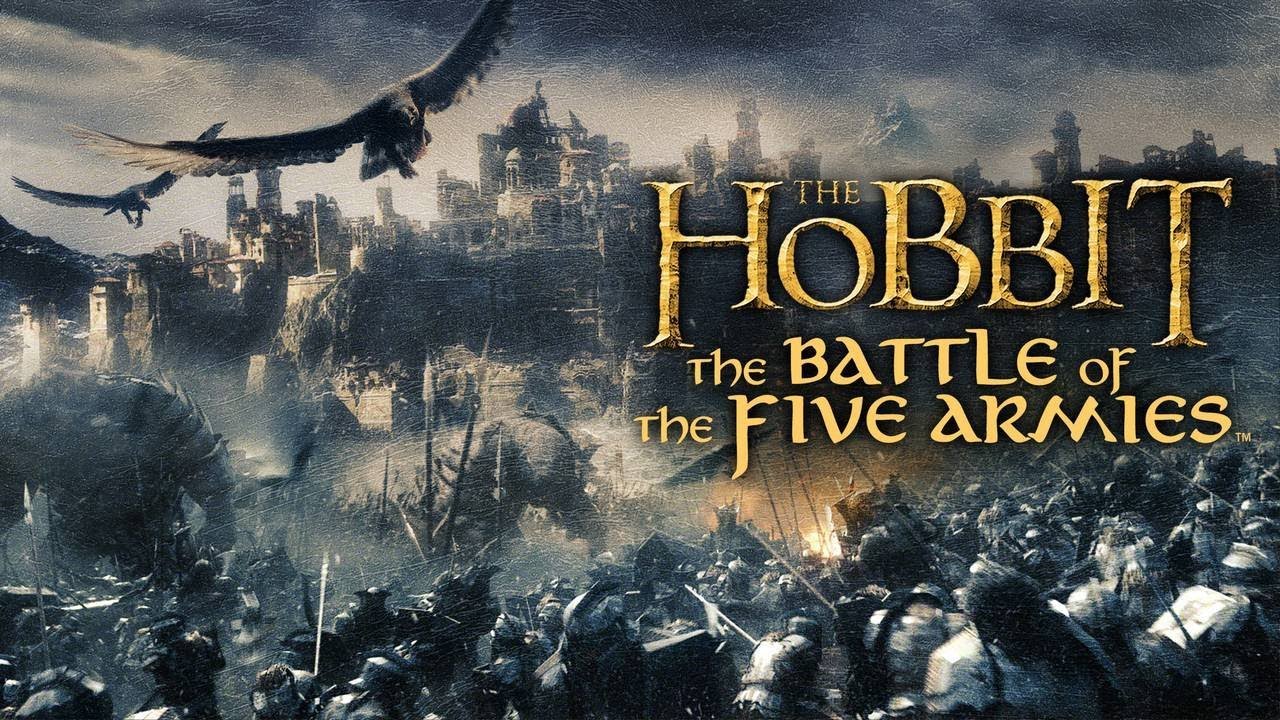
The Hobbit: The Battle of the Five Armies (2014), directed by Peter Jackson, is the climactic conclusion to The Hobbit trilogy, based on J.R.R. Tolkien’s beloved novel. As the third and final installment in the series, this film takes viewers through the intense and chaotic Battle of the Five Armies, a conflict that pits men, elves, dwarves, orcs, and other creatures of Middle-earth against each other for control of the Lonely Mountain and its vast treasure. With its epic battle sequences, emotional character arcs, and visually stunning landscapes, The Battle of the Five Armies offers a dramatic end to Bilbo Baggins’ unexpected journey.
Plot Overview:
The film picks up immediately after the events of The Desolation of Smaug, with the dragon Smaug (voiced by Benedict Cumberbatch) attacking the town of Laketown in a fiery rage. Bard the Bowman (Luke Evans) emerges as the town’s hero, slaying the dragon with a well-placed arrow and saving what remains of his people. However, with Smaug’s death, the vast treasure inside the Lonely Mountain, Erebor, is now unguarded, setting the stage for a massive conflict as various factions seek to claim the wealth for themselves.
Inside Erebor, Thorin Oakenshield (Richard Armitage), the dwarf king, has succumbed to “dragon sickness”—a greed-induced madness that clouds his judgment. Blinded by his obsession with the treasure, Thorin becomes increasingly paranoid and isolates himself from his companions, including Bilbo Baggins (Martin Freeman), who tries to reason with him. Meanwhile, the armies of men, elves, and dwarves gather outside Erebor, each with their own claims to the treasure.
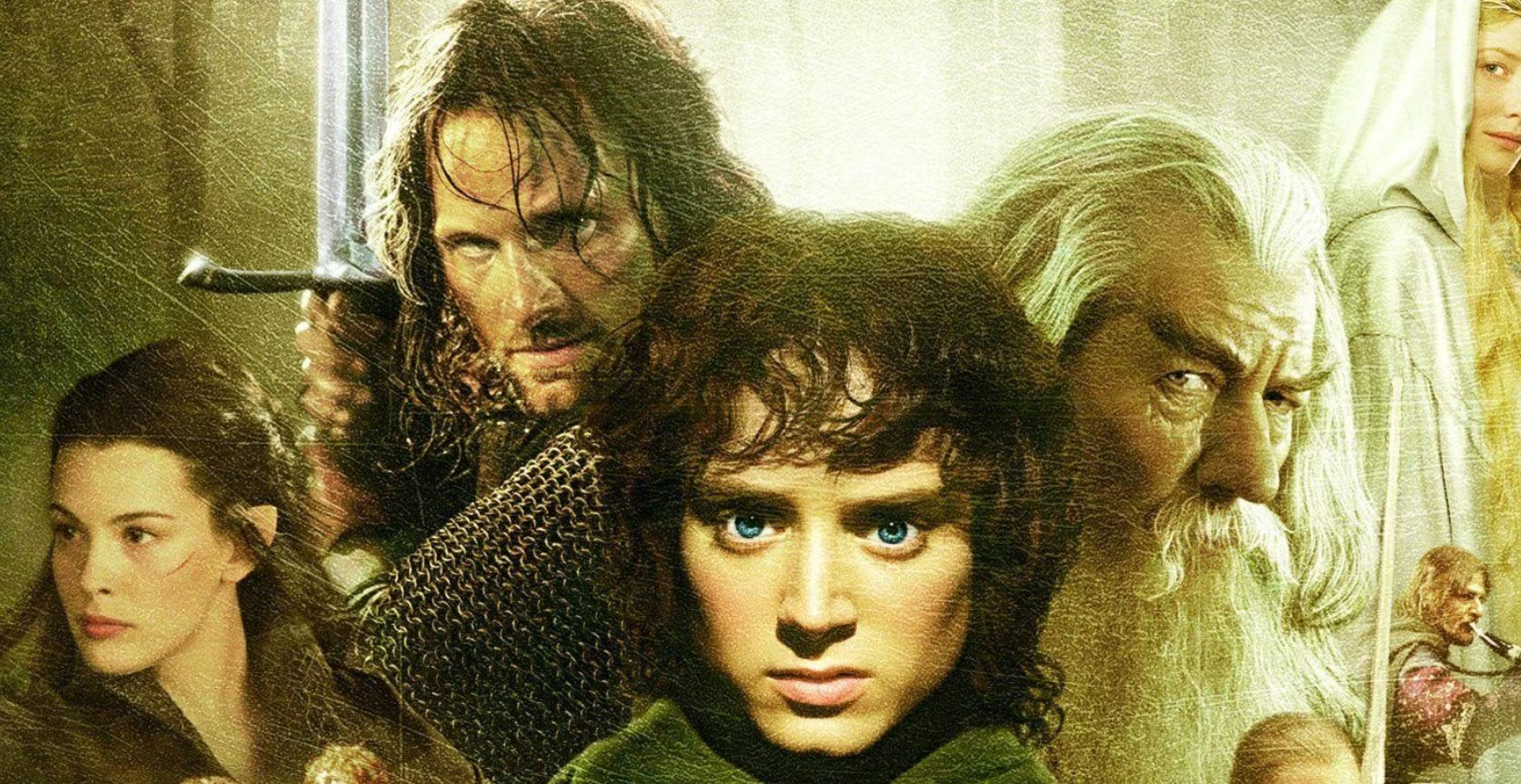
As tensions rise, the threat of the Orc army, led by Azog the Defiler (Manu Bennett), looms large. The combined forces of men, elves, and dwarves must set aside their differences to defend Middle-earth from the impending invasion. The titular battle, involving five distinct armies, erupts on the slopes of the Lonely Mountain, with Bilbo, Thorin, and the rest of the company caught in the middle of the chaos.
The film builds toward an emotional and action-packed climax as Thorin battles his inner demons, Bilbo grapples with the consequences of the conflict, and the forces of good unite to face the evil threatening Middle-earth.
Character Development and Themes:
Martin Freeman’s portrayal of Bilbo Baggins remains one of the film’s highlights. Bilbo, who began his journey as an unassuming hobbit from the Shire, has grown into a courageous and resourceful hero by the time of The Battle of the Five Armies. Freeman captures Bilbo’s inner conflict as he struggles to reconcile his loyalty to Thorin with his sense of morality. Bilbo’s decision to act against Thorin’s wishes in an attempt to broker peace underscores his bravery and his growth as a character.
Richard Armitage delivers a powerful performance as Thorin Oakenshield, whose descent into madness forms the emotional core of the film. Thorin’s obsession with the treasure and his fear of losing his birthright cause him to alienate his friends and make increasingly irrational decisions. Armitage brings depth to Thorin’s internal struggle, making his eventual redemption and tragic fate all the more poignant.
Luke Evans’ Bard the Bowman emerges as a leader of his people, and his actions set him up as a heroic figure capable of rallying the survivors of Laketown. His sense of honor and duty, combined with his practical leadership, make him a compelling character in the final battle.

Thranduil (Lee Pace), the Elvenking, adds a regal yet distant presence, as his desire for a portion of the treasure brings him into conflict with Thorin and the dwarves. His relationship with his son, Legolas (Orlando Bloom), provides a subplot that ties the Hobbit trilogy to The Lord of the Rings, hinting at the complex dynamics between elves and other races in Middle-earth.
One of the film’s central themes is the corrupting power of greed. Thorin’s descent into madness, driven by his obsession with gold, mirrors the themes of The Lord of the Rings trilogy, where power and wealth often lead to the downfall of those who seek them. The concept of unity in the face of a greater threat is another key theme, as the various armies must overcome their differences and work together to defeat the forces of evil.
Loyalty and sacrifice are also explored through the actions of Bilbo, Thorin, and the other members of the company. The film emphasizes the importance of standing by one’s friends and fighting for the greater good, even in the face of overwhelming odds.
Action and Visual Style:
As the title suggests, The Battle of the Five Armies is heavily focused on action, with much of the film dedicated to the epic conflict that unfolds on the battlefield. Peter Jackson delivers on the spectacle, with massive armies clashing in visually stunning sequences that showcase the scale and intensity of the battle. The film features a mix of practical effects and CGI, with Jackson’s signature sweeping camera movements adding a sense of grandeur to the chaos.
The choreography of the battle sequences is impressive, with each army having its own distinct fighting style. The dwarves, elves, and men are pitted against the brutal orc forces, and Jackson makes full use of the mountainous terrain to create dynamic and engaging combat scenes. Notable moments include Thorin’s final confrontation with Azog on a frozen river, as well as Legolas’s gravity-defying acrobatics during his fight with Bolg.
While the large-scale battle dominates much of the film, Jackson also takes time to focus on individual character moments, particularly Thorin’s internal battle with his own madness and Bilbo’s quiet heroism. These moments of introspection provide emotional depth amidst the action, ensuring that the characters remain at the heart of the story.
The visual effects are top-notch, with the design of the various creatures and landscapes continuing the high standard set by the previous films in the Middle-earth saga. Smaug’s final rampage, though brief, is a visual highlight, and the menacing presence of Azog and his orc army adds a sense of looming danger to the film.
Howard Shore’s musical score, once again, enhances the emotional and epic tone of the film. His iconic themes for Middle-earth are revisited, providing a sense of continuity between The Hobbit and The Lord of the Rings trilogies, while new motifs emphasize the film’s darker and more intense moments.
Criticism:
While The Battle of the Five Armies delivers on spectacle, some critics and fans have pointed out that the film’s emphasis on action comes at the expense of deeper character development and narrative complexity. With much of the runtime dedicated to the battle itself, certain subplots and characters—such as the romance between Tauriel (Evangeline Lilly) and Kili (Aidan Turner)—feel underdeveloped or rushed.
Additionally, the decision to expand Tolkien’s relatively brief The Hobbit into a three-film epic has led to criticism that the story is stretched too thin, with some sequences feeling like unnecessary padding. While the film does bring the trilogy to a thrilling conclusion, it lacks the same emotional resonance and narrative depth that made The Lord of the Rings trilogy so beloved.
Final Thoughts:
The Hobbit: The Battle of the Five Armies is a fitting conclusion to Peter Jackson’s Hobbit trilogy, delivering epic action, stunning visuals, and emotional character moments. While it may not reach the same heights as The Lord of the Rings trilogy, the film succeeds in providing a satisfying and thrilling conclusion to Bilbo Baggins’ journey. For fans of Middle-earth, this final chapter offers a rousing and visually spectacular farewell to the world of hobbits, dwarves, and elves.
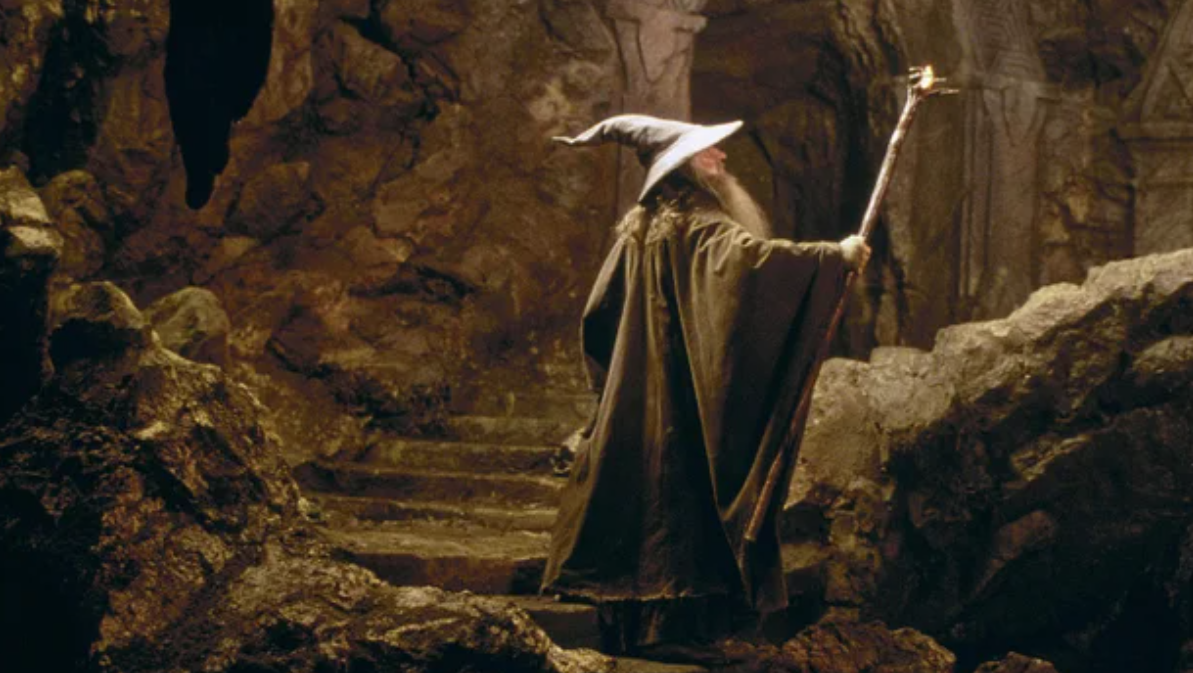
For those seeking grand-scale battles, heroic sacrifices, and the timeless themes of loyalty and friendship, The Battle of the Five Armies is an entertaining and emotionally charged end to the saga.
Movie Information:
- Title: The Hobbit: The Battle of the Five Armies
- Director: Peter Jackson
- Starring: Martin Freeman, Richard Armitage, Ian McKellen, Luke Evans, Evangeline Lilly, Lee Pace, Orlando Bloom, Benedict Cumberbatch
- Genre: Fantasy, Action, Adventure
- Release Date: December 17, 2014
- Running Time: 144 minutes
- Rating: PG-13
- Plot Summary: As the forces of men, elves, dwarves, and orcs converge on the Lonely Mountain to claim the treasure of Erebor, Bilbo Baggins and his companions must navigate the chaos of war and Thorin Oakenshield’s descent into madness. The battle for control of the mountain’s wealth—and the fate of Middle-earth—begins.
SUGGESTED VIDEO FOR YOU:
[Movie Review] The Legend of a Hero Specializing in Hunting the Most Terrible Monsters in Greece
[Movie Review] The Great War of the Norse Gods || Thor 2011


